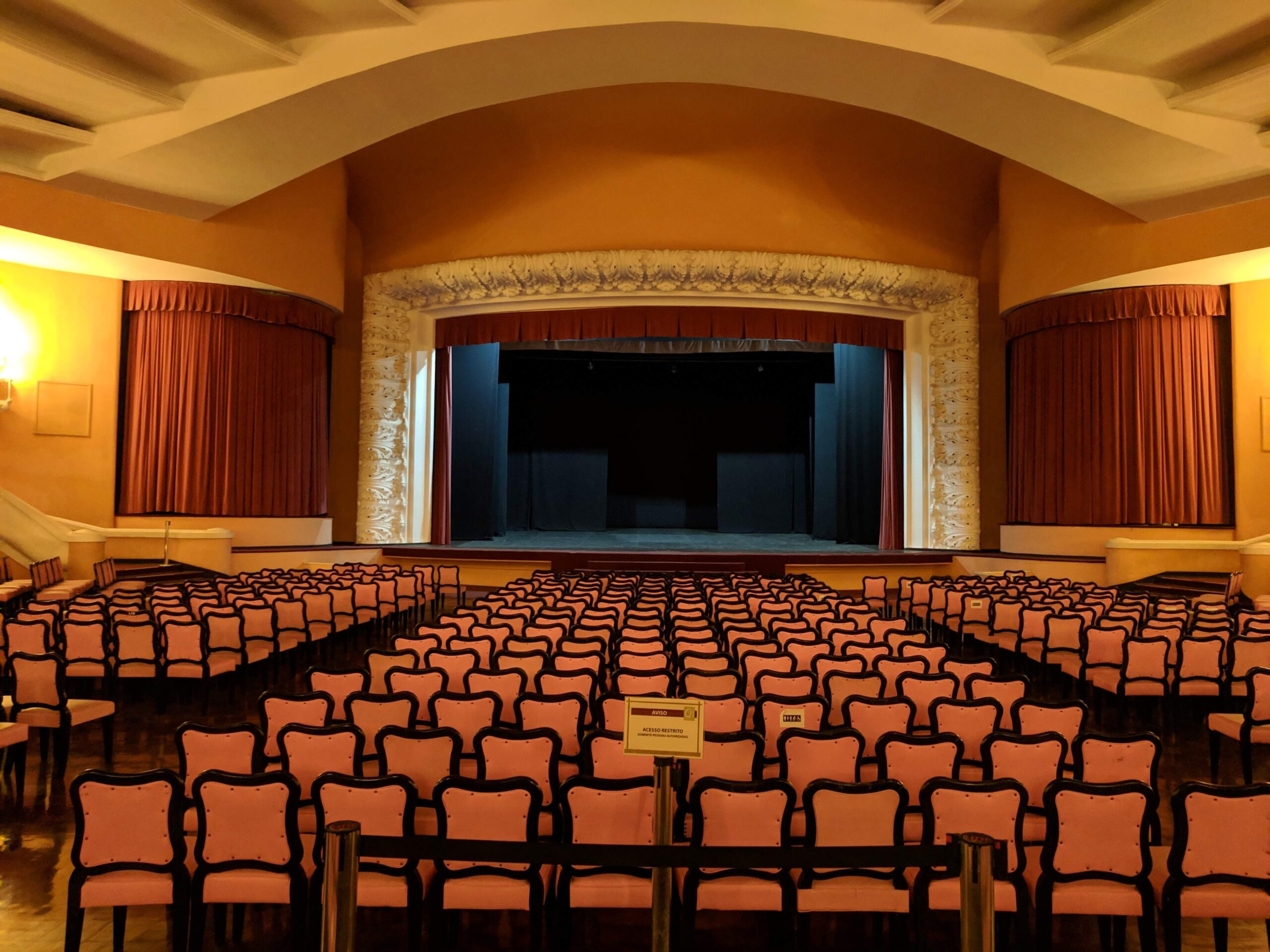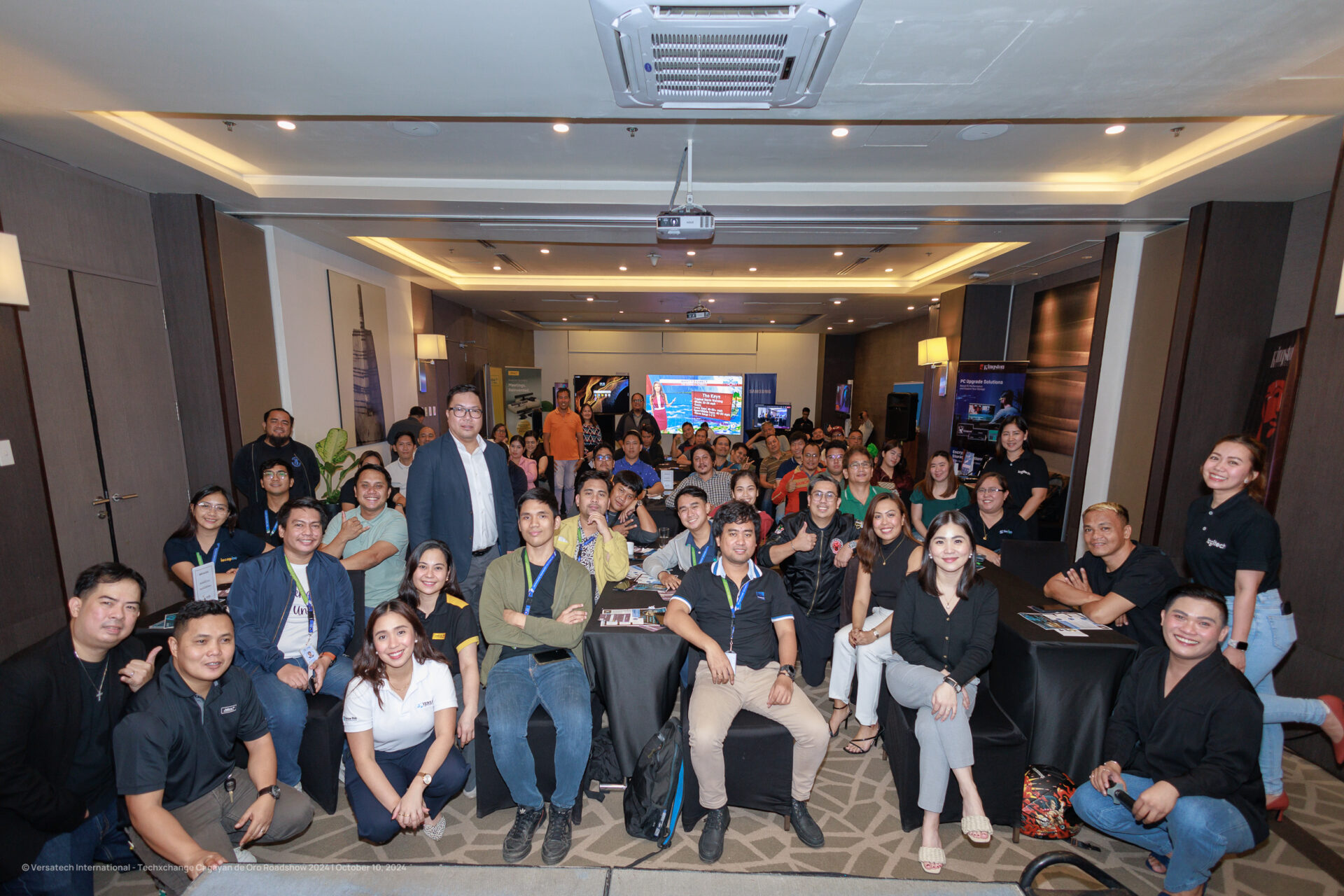Even before digital screens, auditoriums were a center of learning and entertainment. From the amphitheater to the far more comfortable modern lecture halls, these are spaces for listening to great thinkers, enjoying a show and sharing ideas.
Because here’s the thing… When you enter an auditorium, you’re primed to pay attention. We go there purposefully, eager to learn or see something new. And when you use the right digital screen, you can make paying attention to your message – whether that’s an ad, a movie or custom interactive instructions – much easier.
So how do you select the perfect screen setup? The answer is pretty simple on the surface: Everyone – no matter where they’re sitting – should see the screen perfectly. Achieving this has taken decades of research and some massive jumps in tech. To save you from digging through the research, we’ve narrowed it down to the five most important things to take into account when it’s time to get your screen set up just right.
1. Start with the right screen size
There’s no such thing as a “standard” auditorium. From intimate venues with fewer than 100 seats to sweeping theaters and lecture halls that can hold thousands, these spaces come in all sorts of shapes and sizes. That’s why it’s the size and layout of your space that should guide the size of your screen.
It can be tempting to get the biggest digital screen you can find (and fit)… Fight that feeling. You don’t want to overwhelm your audience by going too large, especially in a small venue. But how do you decide on the right side?
The only screen math you’ll need
In the 1990s Sun Microsystems researched the limits of human vision to understand how we respond to screens. They focused on the refresh rates of screens and the pixel density as it relates to the ideal distance. Essentially the higher the resolution, the further away your audience can be and still understand what they’re seeing so someone can sit further back from a 4k screen than from an old school 1980s TV set.
Once you’ve settled on a resolution, it’s time to think about the diagonal dimension. The audiovisual specialists at THX came up with the industry standards. Fun fact: these standards came about because George Lucas wanted to give Star Wars audiences the best possible visual experience.
To find the right screen size, take the diagonal measure of a screen and multiply that number by 1.5. If any seats are further away than that number, then your screen is too small. So a 50” screen has optimal viewing up to 6.25. If it’s further than that, viewers will start straining.
2. Angle your screen perfectly
Typically, the best place to sit in an auditorium is the middle of the middle. That way you’re at the right distance from the screen and you’re looking straight at it. But depending on the size of your venue, this brings the number of perfect seats down to anywhere from 5 to about 20. That’s not a practical way to use an auditorium.
That’s why when setting up a screen, you need to make sure everyone – no matter where they’re sitting – get the best view in the house. This is where viewing angles come in. Provided that the screen is the right size for the room, a viewing angle of 36 degrees from the center of the display provides all audience members with a great view of what’s going on.
3. Don’t forget about the acoustics
No visual set up would be complete without considering how it affects the auditory experience. Because if you use sound and the sound is bad, people will leave and not come back.
Does your venue rely on a live speaker or musical performance? Is the audio synced to the video output or does it display independently? Is it a mixture of both? Make sure that there’s no unpleasant (or distracting) echoing that can ruin the experience.
4. Where is the light coming from?
While auditoriums don’t typically have to deal with direct sunlight, the level of indoor lighting is an important factor when deciding what type of screen to employ.
It’s vital to consider what type of background light will be present when you select your screen setup as it has a massive impact on how attractive your displays will look. In a theater setting with low levels of background light, a display that projects 800 nits might be perfect but the same screen would look washed out in a lecture hall or other brightly lit area unless it can display over 1500 nits.
5. Consider using multiple screens
It’s not always practical (or possible) to have a single large screen. Older venues like certain stage theaters have support columns that can obstruct the view. If that’s a factor in your venue, you can use several smaller digital screens and strategically place them around the space so that no one misses out.
Smaller displays can also create a more interactive experience. You can use touch screens or personalize the content you show based on where people sit. This is great for adding a custom, novel feel to your events.
Setting up for success
How are you going to use your digital screens? Is your venue going to be displaying movies or multimedia? Are you predominantly displaying charts or lecture material? Is your screen set up to add an educational component to the audience or to display subtitles? All these use cases affect the setup.
If you want flexibility, a good screen installer can help you maximize the variety of activities your auditorium is suitable for.






